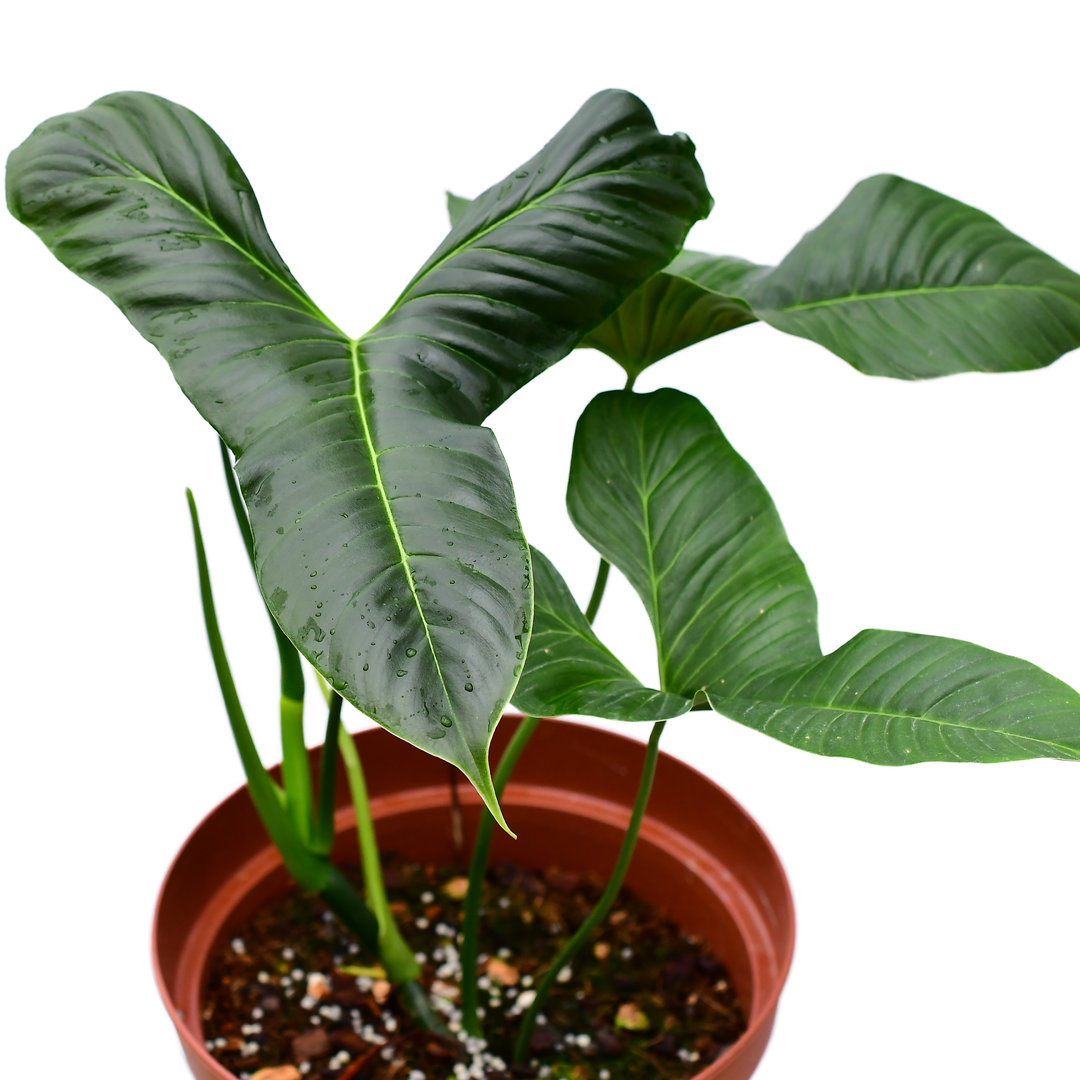The Araceae family, commonly known as aroids or arums, is a diverse group of plants that include many popular houseplants and ornamentals. The scientific name for this family is Araceae.

Taxonomy and classification
Overview
The Araceae family belongs to the monocot order Alismatales and includes over 3750 species in around 117 genera. They are characterized by a type of inflorescence called a spadix that is surrounded by a modified leaf called a spathe. Araceae plants can be herbs, shrubs, climbers or rarely trees. They grow from tubers, rhizomes or stolons. Many species have colorful spathes which attract pollinators.
History
The Araceae family was first described by Antoine Laurent de Jussieu in 1789 in his book “Genera Plantarum”. He included 14 genera in this early classification. Over the next 200 years as more aroid species were discovered, taxonomists debated how to classify this diverse family. Molecular phylogenetics helped clarify relationships between genera and the family is now divided into 5 major subfamilies and 12 tribes.
Economic uses
Food crops
Several genera within the Araceae family are used as staple food crops including taro (Colocasia esculenta), giant taro (Alocasia macrorrhizos), swamp taro (Cyrtosperma merkusii) and tannia (Xanthosoma sagittifolium). These plants produce underground storage organs called corms or tubers that are rich in starch and carbohydrates. Different cultures around the world eat them boiled, baked, fried or fermented into popular dishes and flours.

Ornamental plants
Many Araceae species are popular ornamental plants appreciated for their unique and showy inflorescences. Some widely grown house and garden plants are Chinese evergreen (Aglaonema modestum), peace lily (Spathiphyllum sp.), anthurium (Anthurium sp.), caladium (Caladium sp.), dumbcane (Dieffenbachia sp.) and philodendrons (Philodendron sp.). Their leaf shapes and colors are diverse, ranging from heart-shaped dark green to arrowhead silver variegated leaves.

List of the most sought after rare aroids in 2023
Unique adaptations
Modified leaves
The Araceae family shows great diversity in modifying leaves for specific functions. As mentioned previously, the showy and colorful leaf-like structure surrounding the spadix called a spathe plays an important role attracting pollinators to the small flowers packed densely on the spadix. Other genera have developed specialized leaf blades, leaf sheaths, and petioles for climbing, water storage or reproduction.
Unusual pollination mechanisms
Araceae species have evolved fascinating and often pungent mechanisms to utilize insects for cross-pollination. Many genera heat up their inflorescences to spread volatile compounds that specifically attract beetles and flies. The spadices can heat up to over 45 °C. Some species exploit carrion or dung mimicking odors. After visiting for breeding, the pollen-dusted insects lose interest and depart.
Toxic compounds
Oxalate crystals
Around 60-80% of plants in the Araceae family contain calcium oxalate crystals. These needle-like crystals are produced to deter herbivores from eating the leaves. If consumed by humans or animals these crystals can cause painful swelling, irritation and inflammation. Araceae food crops like taro and tannia must be properly prepared by cooking which breaks down the crystals.
Raphides
Another defense mechanism found in the Araceae family are raphide bundles or crystal idioblasts. These are elongated crystal cells found in leaves, roots and other tissues containing needle-like calcium oxalate crystals. Like individual crystals, the hair-like raphides can irritate and damage tissues. Proper preparation of aroid crops removes these potential toxins.
Ethnobotanical importance
Cultural heritage
For thousands of years, indigenous communities have cultivated certain Araceae species as staple carbohydrates. Taro, tannia, swamp taro and giant taro hold great cultural significance as sacred foods incorporated into myths, legends, ceremonies, music and art in Pacific Island nations like Hawaii, Tonga and Samoa. They also play important roles for tribes throughout tropical Africa, Asia and the Americas.
Medicinal uses
Various Araceae plants have been used in traditional healing systems. Taro was described in ancient Ayurvedic medicine as beneficial for treating wounds, inflammation and poisoning. Chinese medicine utilizes Acorus calamus rhizomes for mind clarity, memory and cognition. North American First Nations used several Symplocarpus and Peltandra species to cure ailments and drawing salves were prepared from various arums.
Conclusion
The plant family Araceae encompasses great diversity in over 3750 species globally. United by a unique inflorescence and intriguing pollination mechanisms, this family includes important food crops and beloved ornamental flowering plants that have adapted through specialized leaves and protective compounds. Various aroids also hold cultural, medicinal and historical ethnobotanical significance around the world. Understanding the taxonomy, unique adaptations and human uses of the Araceae family provides a window into the fascinating ecology and evolution of this ancient lineage of plants.
See more Master Araceae Pronunciation: Easy & Accurate Guide!

